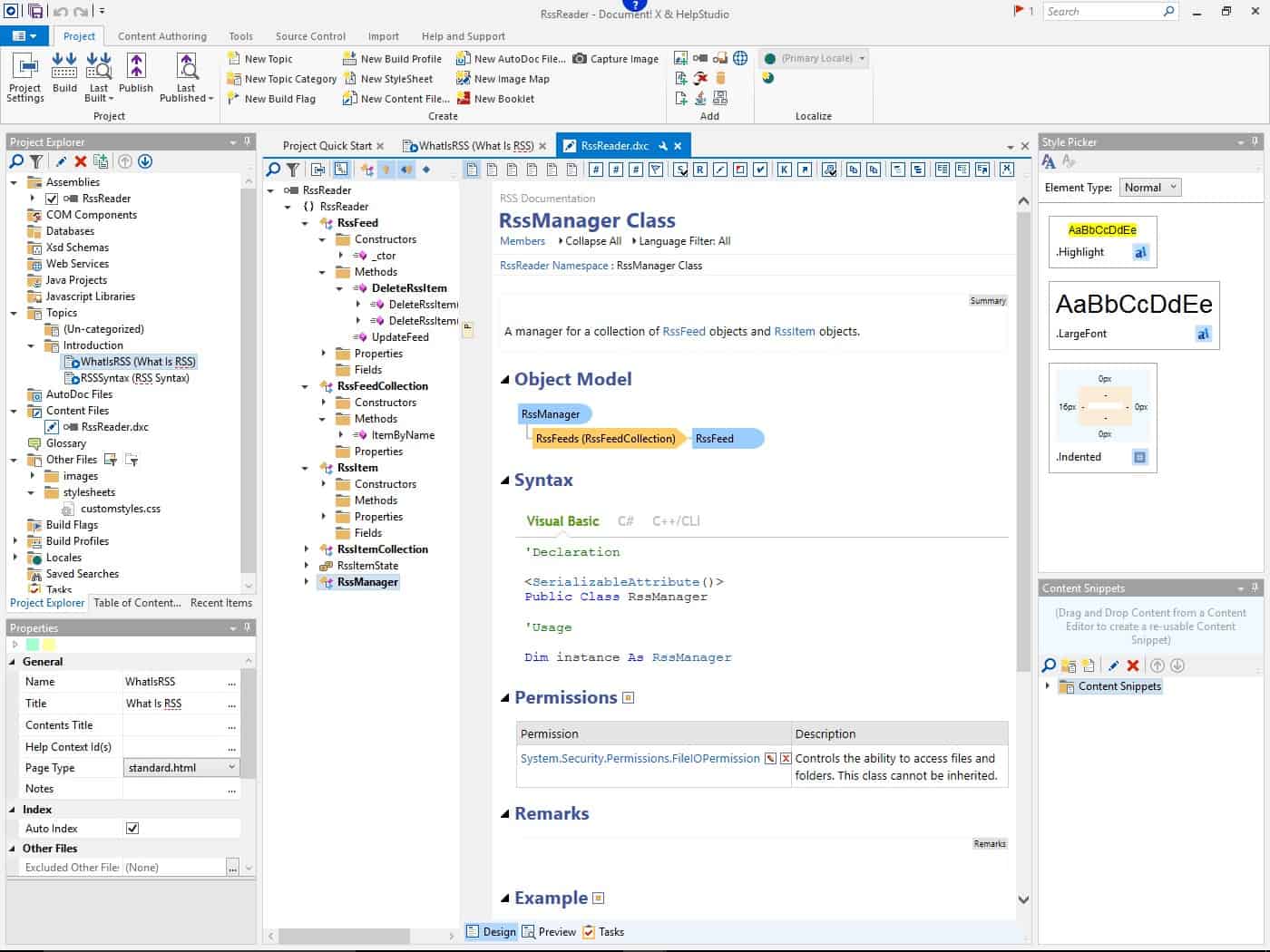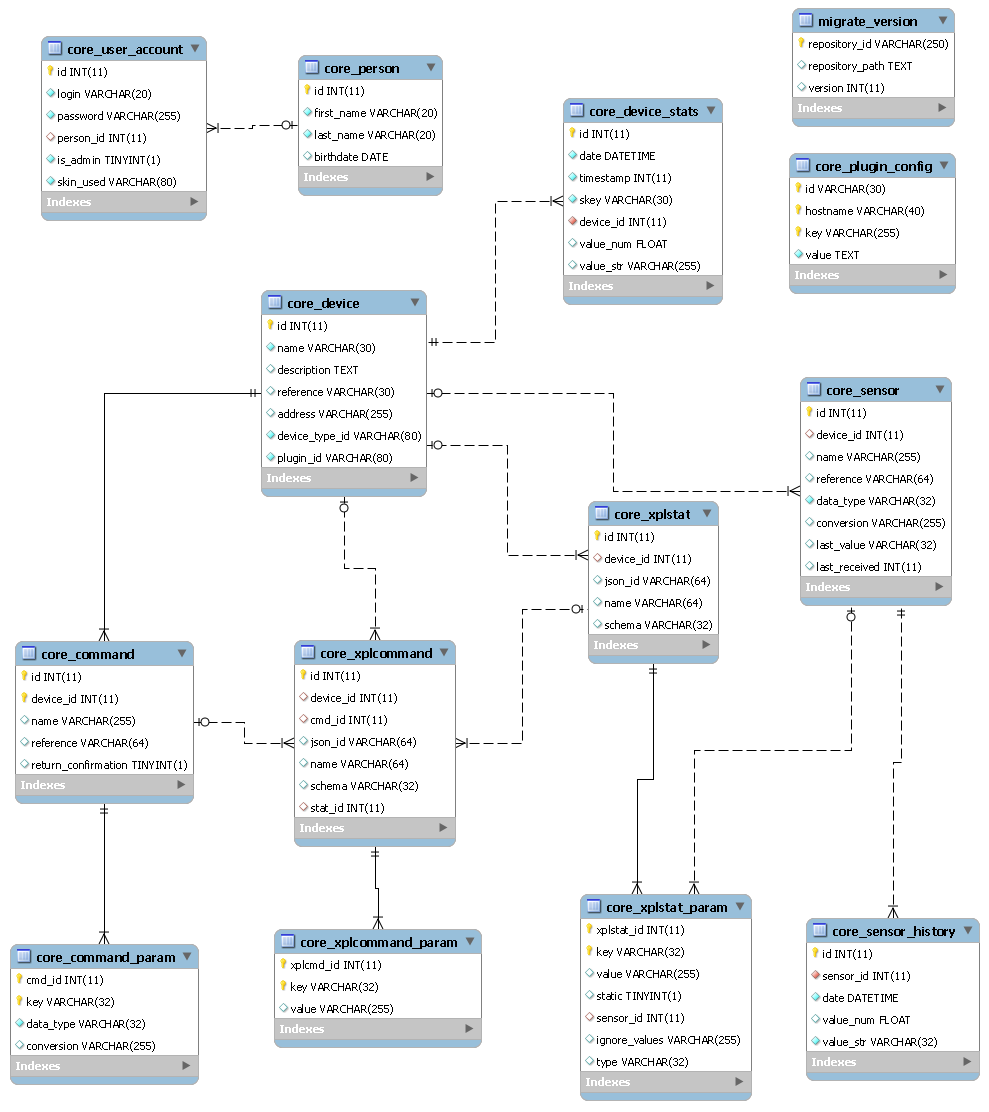Database is a collection of data organized to support the needs of the organization. The database can be used for a wide range of purposes, such as information storage and retrieval, decision making, and supporting analysis.
A database consists of one or more tables that contain data in rows and columns. A database management system (DBMS) implements database operations such as adding records to tables and retrieving records from tables. The DBMS also manages security, data integrity, transaction control and concurrency control.

Technical Documentation For Database
Database Documentation is the documentation about the database, which is used to learn about the database structure and its usage.
There are many types of database documentation, but they can be generally classified into four categories:
Database Design Documentation: It describes the design of a database. It includes information such as data structures and their relationships with one another.
Database Use Documentation: It describes how to use a database. It includes information such as how to create new records in the database and how to search for existing records in the database.
Database Maintenance Documentation: It describes how to maintain or modify existing databases or data structures within them.
Database Security Documentation: It describes how to secure access to the data within your database so that only authorized users can access it.
Database design documentation is a document that describes the overall structure of a database and its relationships with other databases. It is a crucial component of any project, but it’s often overlooked or poorly executed.
Database documentation can be used to describe all aspects of your database, from its physical attributes to its logical organization. Documentation helps developers understand how to use your data model, and it can help them create applications that are easier for end users to use.
It’s important that you create a complete and accurate database design document before you begin building your database. You may have heard the saying “garbage in, garbage out,” which means that if you start with bad data or incomplete information, then your results will be wrong no matter what steps you take later on. This applies equally well to databases: If you build a poor design, then the resulting system will have problems even if it works correctly at first glance. On the other hand, if you build a solid foundation from the beginning then it will be more stable over time as changes are made and new features are added.
Database documentation is a crucial part of the database development process. Without proper, comprehensive and up-to-date documentation, it’s difficult or impossible to maintain a database.
Database documentation can take many forms, from simple text files to complex formal specifications.
The goal of database documentation is to provide developers, administrators and users with enough information so that they can use the database effectively.
There are several types of documentation that you should consider when developing a new database or modifying an existing one:
User manuals — These documents describe how end users should interact with the application (for example, how to enter data into fields). User manuals should include any special instructions for entering data into the system.
Function specifications — Function specifications describe the purpose of each function in your application (for example, what inputs are required and what outputs are returned). They can also include examples of how these functions would be used in real-world scenarios.
Programming specifications — Programming specifications include details on how specific programming languages or APIs are implemented in your application (for example, which functions are used by which modules).
Database design documentation is the process of describing a database in the most precise way. It can be either a written document, or it can be a diagram.
Database design documentation is usually used to describe the following:
The types of data that will be stored in the database
The relationships between those data types
The rules by which those data are stored and accessed
Database documentation is a crucial part of creating a database. The purpose of the documentation is to provide information about the database to users and developers. It should include information about the structure of the database, the objects in it and their relationships, as well as how to use the database.
Database documentation should be created at the beginning of the project, before any data is entered into the system. This ensures that there is no need for editing or updating once data has been entered into the system.
The documentation should be written so that it can be easily understood by people who are not familiar with databases or programming languages such as SQL.
Database design documentation is a written account of how you designed your database. It should contain all the relevant information about the database design, including tables, columns, relationships and constraints.
Database design documentation is also known as a database schema document. It describes the structure of the data used by an application and is essential for being able to maintain and modify it.
There are many reasons why you should have good database design documentation.

Here are some of them:
Database Documentation Helps in Maintaining Data Integrity
Every time you modify your database structure, there’s a risk that you will break something if you haven’t documented it properly. A good database documentation will help you keep track of changes made to the structure so that they don’t cause any problems down the road. For example, if you rename a column or add a new one without updating your documentation, future users might run into problems when trying to use this information in reports or queries.
It Helps You Find Errors Quickly
When there is no documentation available for a given table or column, finding errors becomes challenging because there isn’t enough information available about what each piece of data means or where it came from. This can lead to issues such as duplicate records or missing
What Is Database Documentation?
Database documentation is a set of instructions that describes the structure and use of databases. It provides an overview of the database and its contents, including data types, fields, indexes, relationships and other aspects.
Database documentation is also used to describe the process for accessing, updating and deleting the data stored in a database.
In addition to giving an overview of a database design, good documentation should also include information about security, backup procedures and recovery plans if there is a disaster.
What Is Database Documentation Sample?
The following is an example of a database design documentation sample:
Yeah bookmaking this wasn’t a bad determination outstanding post! .
Excellent blog! Do you have any tips for aspiring writers? I’m planning to start my own blog soon but I’m a little lost on everything. Would you advise starting with a free platform like WordPress or go for a paid option? There are so many options out there that I’m totally confused .. Any suggestions? Many thanks!